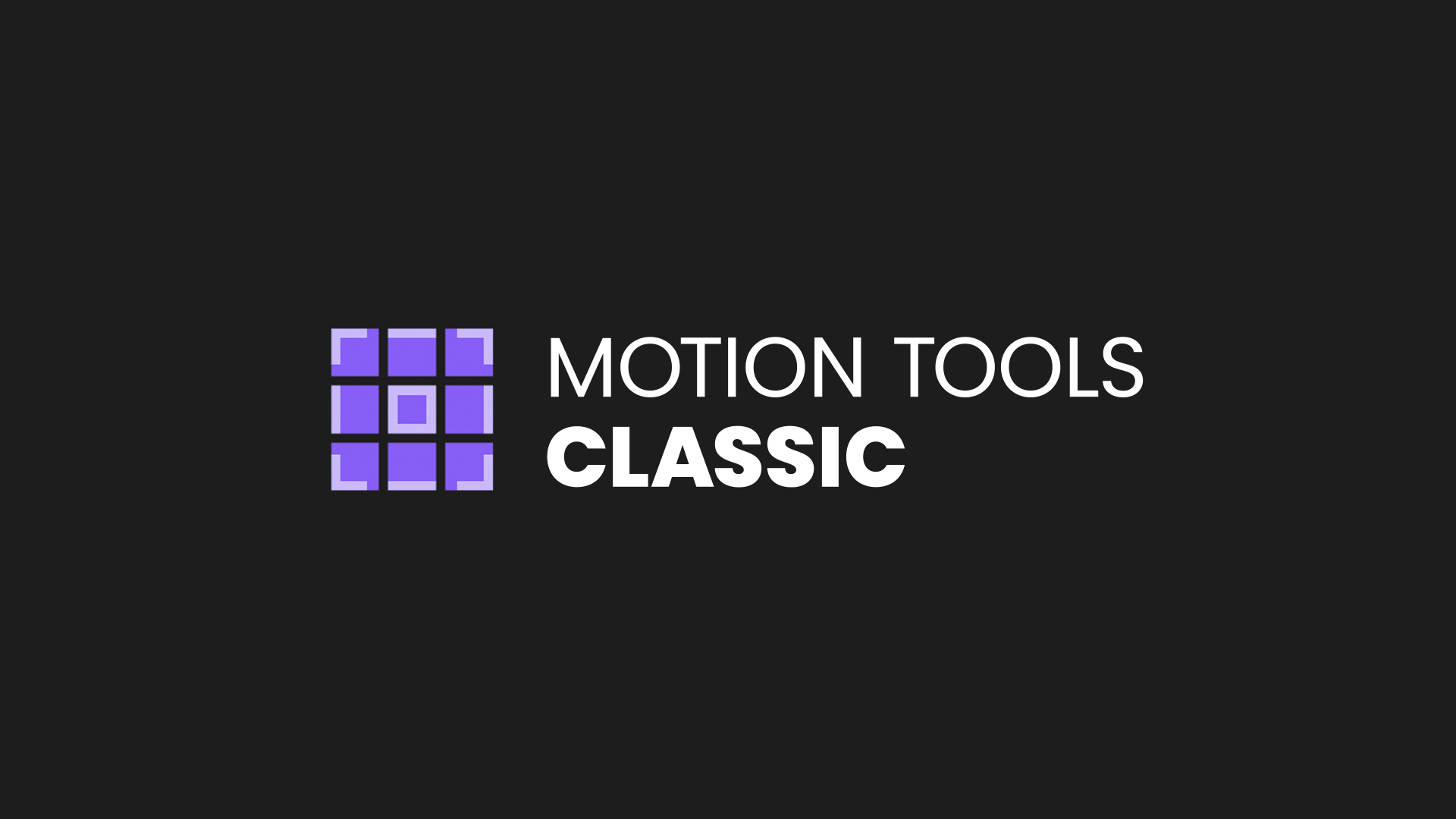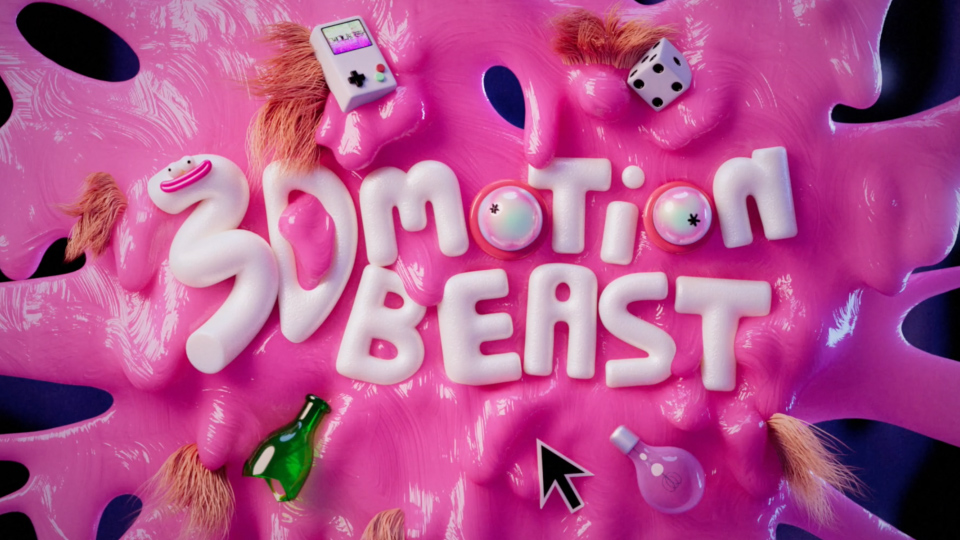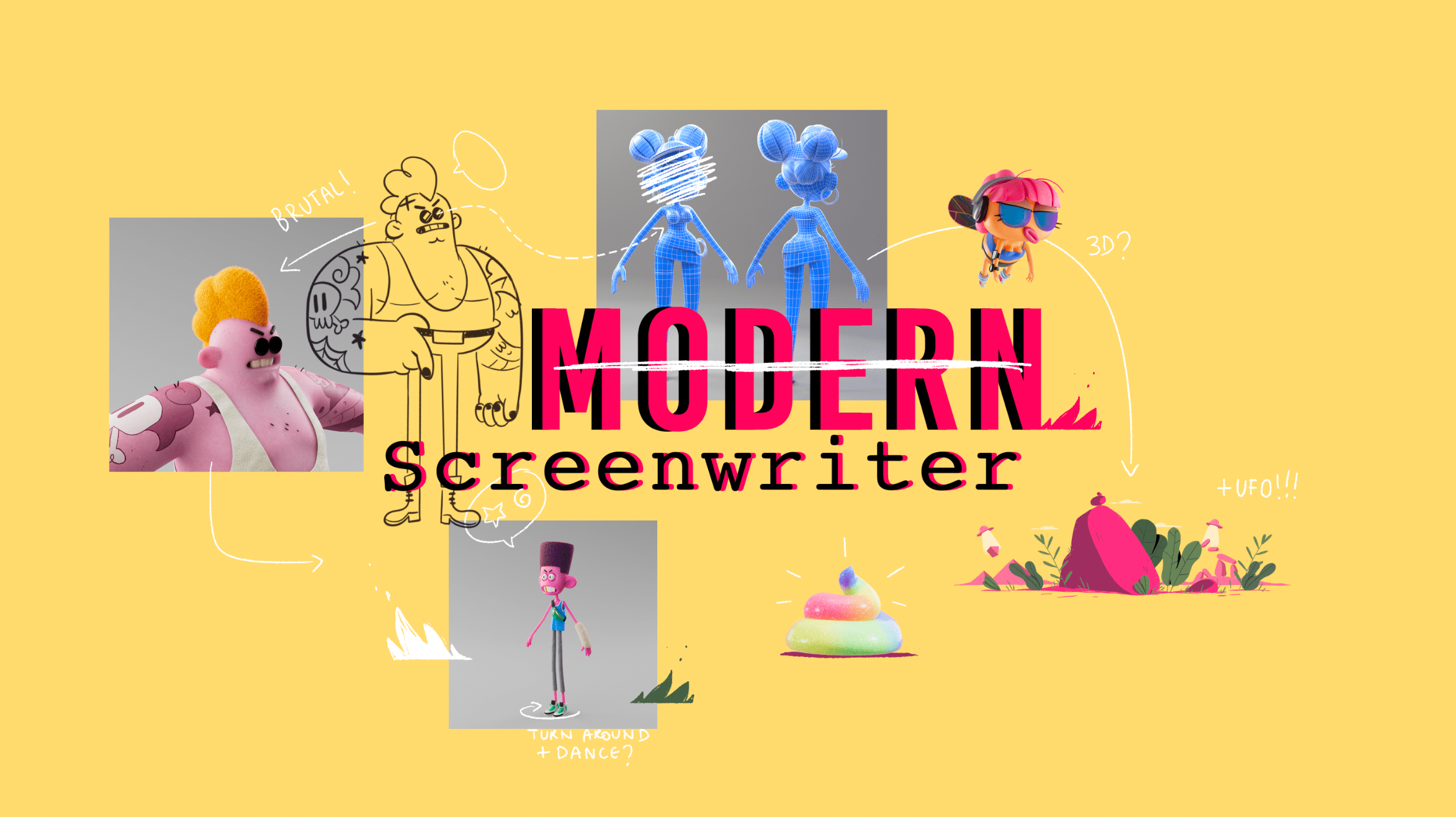Learn how to create memorable, expressive and balanced character designs for your future animations
Learn how to setup your scenes for animation and rigging techniques
Get acquainted with and dig deeper together with the author into classic animation principles that will take your works to a completely new level.
Become a better director of your future projects by learning about acting and timings.
Get familiar with exclusive animation techniques Markus has worked out from more than 10 years of experience in the industry.
No additional plugins needed.
We will provide you with an exclusive tool developed specifically for this course. Its work principle is pretty similar to most popular modern tools such as RubberHose, Limber, Duik, so you can easily apply this knowledge to work with any of them





































